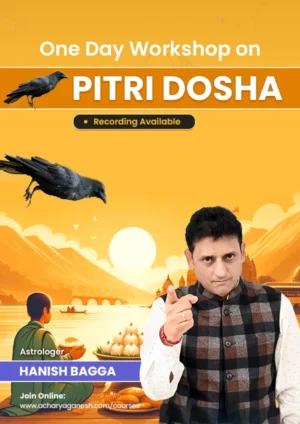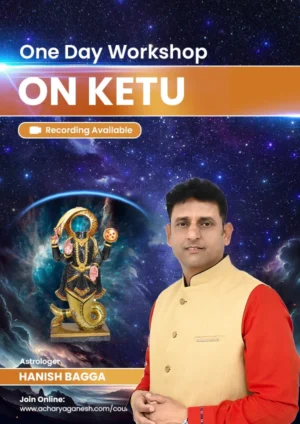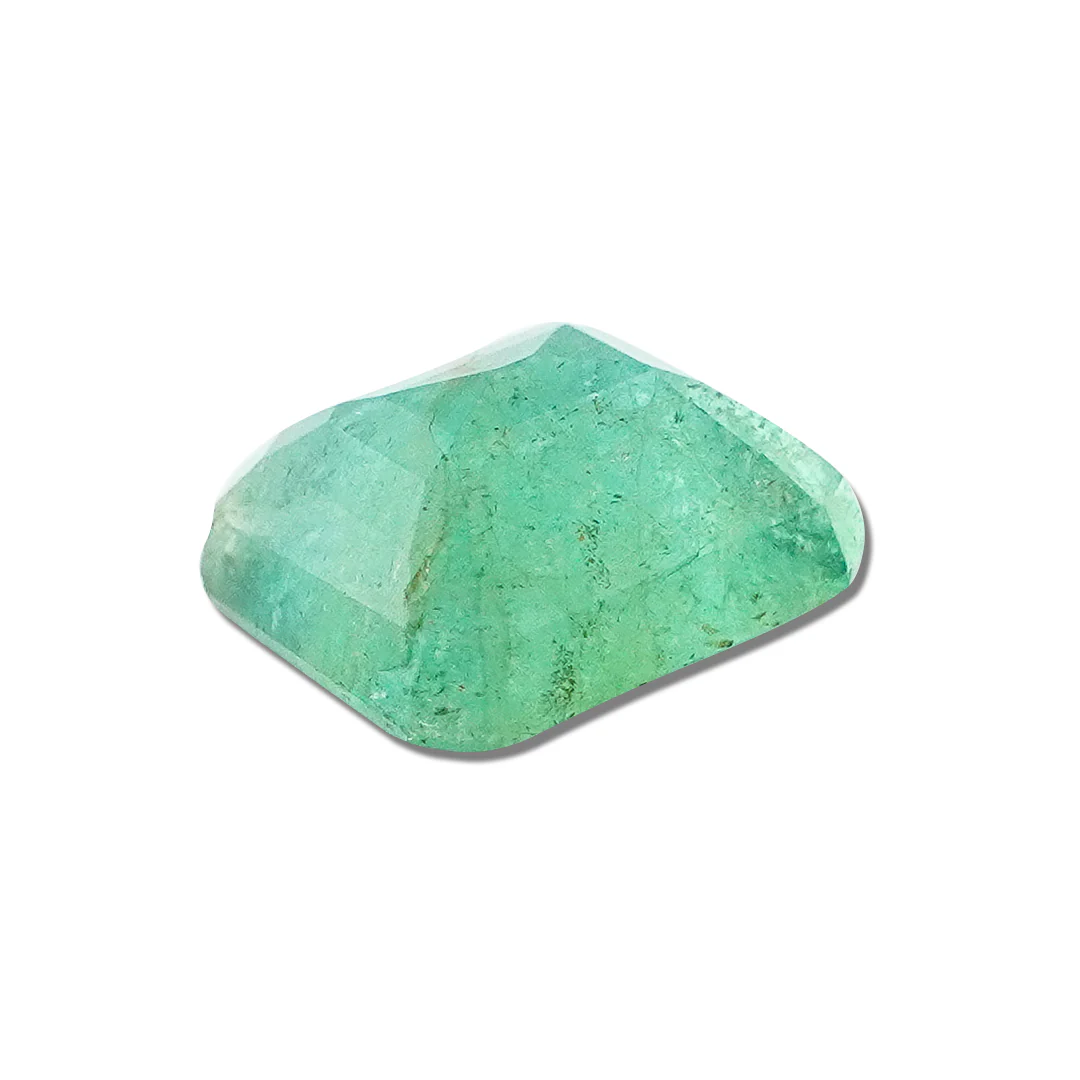Chhath Puja 2024:
The festival of Chhath Puja honors the Sun God, Surya.Usha, Wife of lord surya also called Chhathi Maiya. On this day, people give thanks to Lord Surya, the god of energy and life force, for helping them survive on Earth. Worshippers consider the sun to be a source of healing and believe that it aids in the healing of many illnesses. Six days after Diwali, people celebrate Chhath, also called Chhath Puja , which is a festival dedicated to worshiping Surya, the Sun God, and his wife Usha.Being one of the oldest Hindu holidays, Chhath Puja is very important to the Hindu community.
For four days, during Chhath Puja, people worship Lord Surya. Women mostly practice the fasting of Chhath Puja for the happiness of the family and the well-being of their sons. The main locations for Chhath Puja celebrations are the Indian state of Bihar and neighboring Nepal.
Chhath Puja Date:
Chhath Puja is celebrated on the sixth day of the month of Kartik in the Hindu calendar. Chhath Puja Celebrations in 2024 on Tuesday, November 5. The four days of Chhath Puja are as follows, for quick reference:
Nahay Khay (Day One): Tuesday, November 5, 2024
Kharna ( Day 2): Thursday, 2024. November 6, 2024
Sandhya Arghya (Day 3): Wednesday, November 7, 2024
(Usha Arghya & Paran) (Dya 4): Friday, November 8, 2024
The Significance of Chhath Puja
However, apart from being a religious festival, Chhath Puja is an actual display of gratitude towards the Sun God as he is believed to be the source of all vitality on the planet. It is done through offerings and supplications to Surya Dev, good health and wealth.
Love for Surya Dev: People worship the Sun God because he is considered to be life-giving for each living being on Earth. In conclusion, although Chhath Puja is a way of worshiping the sun god Surya Dev, it is also a means of thanking him and acknowledging his role in the continuation and sustenance of life.
Emphasis on Purity: The Chhath Puja also holds a lot of importance regarding bodily as well as spiritual cleanliness or purity. Public purity is strictly observed throughout the celebration with devotees seen washing their hands as a testimony of the importance of cleanliness and a safe environment.
Honoring the environment: Chhath Puja is performed near ponds and rivers and is celebrated in Bihar, Jharkhand, and other places of India. This raises awareness of the relationship between nature and people, the role of maintaining the balance between the two.
Strengthening Family Bonds: Chhath puja is also a point towards the improvement of family gatherings because, in rejoice, families come together perform the pious work with loyalty and commitment. Offering, consecrations, and rejoicing contribute to strengthening of relationships as within a family.
Cultural Heritage: The people continue to enjoy the Chhath Puja festival, which has been passed from generations to generations. In that sense, invoking this festival will allow the next generation to relate to their past as well as help maintain cultural heritage.
No Idol Worship: No idol worship is allowed during this Hindu festival, which celebrates the rising and setting of the sun. Unlike most Hindu festivals, this Chhath Puja is particularly special in that it does not involve idol worship or Murti Puja. Some individuals only believe that the sun is essential to the existence of perhaps every living thing on the planet, and that this festival honors it in spite of social stigmas, caste, creed, gender, and race.
History of Chhath Puja
Some claim that Chhath Puja is the oldest celebration, possibly even older than the Vedas itself because the Rigveda had Sun worship songs and customs that are comparable to the traditions of this festival.
In the Mahabharata, these rites are also mentioned, and Draupadi seems to be performing identical rites. The Pandavas and Draupadi followed the Chhath ceremonies on the prudent advice of Dhaumya. Worshiping the Sun helped the Pandavas reclaim their kingdom by providing solutions to many of Draupadi’s problems.
This celebration has scientific and yogic roots that go back to the Vedic era, when rishis and scholars utilized this method to stay without food while absorbing solar energy. It was referred to as Chhath Puja.
Certain ancient texts also claim that, upon their coronation following their banishment from exile, Lord Rama and Sita observed fasts and performed sun worship in the Kartika month during the Shukla Paksha.
According to a different version, King Priyavrat, the son of First Manu Swayambhu, suffered from depression as a result of his childlessness. On the orders of the Maharishis, he carried out a yajna for a son. After that, Queen Malini gave birth to a son who passed away immediately after birth. The king and his family were greatly distressed by this.
Then the skies revealed Mata Shashthi. “I am Chhathi Maiya, and I protect all the children of the world and give the blessings of children to all childless parents,” she said in response to the king’s demand. She then breathed new life into the deceased child.
Know more about astrology: acharyaganesh.com
Special Rituals for Chhath:
The four-day Chhath Puja festival celebration period involves performing the following rites, which are also known as Surya Shashthi, Chhathi, Dala Chhath, and Prathihar.
Day 1: The first part of Chhath Puja is Nahaye Khaye, which means “to bathe and eat.” Those who observe the fast take a holy bath in a river on this day.In the afternoon, a totally vegetarian meal is made and served as a bhog after the house and its surroundings are cleaned.
Day 2: On the second day, Kharna, the devotee observes the Nirjala (without water) fast. Later in the evening, a special Prasad made of rice, milk, and jaggery is prepared. This prasad, together with fruits, spices, betel leaves, and green ginger, is subsequently offered to the Chhati Maiyya, and then shared with friends and family.
Day 3: The third day is when Chhath Puja Sandhya Arghya takes place. Lord Sun receives an offering of Arghya on this day. To decorate a soop, use fruits, rice laddoos, and thekua. After that, devotees and their families give arghya to the Lord Sun. During this rite, you should worship Chhathi Mata wearing a soop and offer the Lord milk and water.Listen to the Chhath Vrat Katha and sing devotional songs to Shashthi Devi with others at night.
Day 4: .Usha Arghya, in which the Arghya is offered to the rising sun, is done on the last and fourth days of the Chhath Puja. On this day, the Vrattis visit the riverbanks with their families and perform the ritual with tremendous fervor and excitement. They offer prayers to Chhathi Maiyya and Lord Sun for joy, health, and wealth. People break their fast with jaggery and ginger.
The best day to perform a pooja for Lord Sun is Chhath.It aids in strengthening the sun in your birth chart, enhancing its positive energy, and protecting you from its negative impacts.. Perform a Vedic puja to get Lord Surya’s heavenly blessings and bring good fortune into your life.
For interesting reels, follow us on Instagram
Modern Chhath Puja:
Currently, the majority of the world celebrates Chhath in India and Nepal. The Madhesh area of Nepal and the Indian states of Bihar, Jharkhand, and Uttar Pradesh typically celebrate this holiday with tremendous fervor. In observance of life on Earth, this festival is devoted to the Sun and his younger spouse, Usha.Thus, there is absolutely no idol worship! Some Muslims observe Chhath as well. Since there is no idol worship, there is no need to build idols out of plastic, paint, metal, or other materials, then submerge those idols in adjacent bodies of water, which pollutes the area. For this reason, environmentalists consider this festival to be the most environmentally friendly Hindu festival.
For interesting astrology related videos, subscribe us on Youtube






























